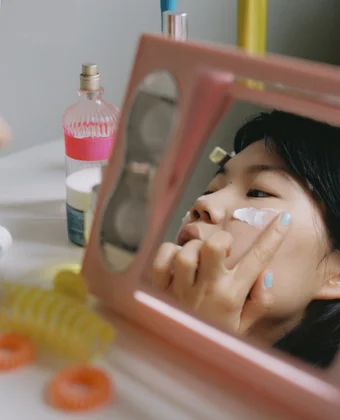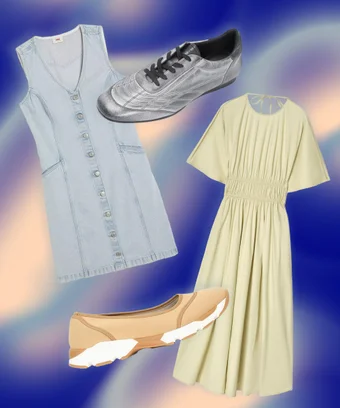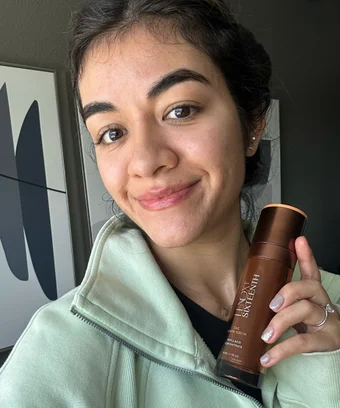1. Fake Sunscreens Are a Serious Problem
Some sunscreens claiming high SPF (e.g., SPF 45) have been tested to provide almost no protection (as low as SPF 3.6). These counterfeit products often lack essential active ingredients like zinc oxide, failing to shield skin from harmful UV rays.
2. Widespread Counterfeiting, Especially in K-Beauty Products
Korean beauty sunscreens are frequently counterfeited with near-identical packaging and branding, tricking consumers into buying fake, ineffective products—often attracted by suspiciously low prices.
3. How to Spot Fake Sunscreens
- Beware of prices that are “too good to be true.”
- Check for misspellings, missing certifications, and intact seals on packaging.
- Look for brand-specific anti-counterfeit measures such as QR codes.
- Purchase from trusted sources: official brand websites, reputable retailers (Sephora, CVS, Ulta), or verified stores.
4. Risks of Using Fake Sunscreens
Fake sunscreens don’t block UVA and UVB rays properly, increasing the risk of skin cancer types including basal cell carcinoma, squamous cell carcinoma, and melanoma. Using counterfeit SPF is essentially like wearing no protection at all.
5. Choosing the Right Sunscreen
- Mineral sunscreens (containing zinc oxide or titanium dioxide) physically reflect UV rays and are often better for sensitive skin.
- Chemical sunscreens absorb UV radiation and convert it to heat.
- Always choose “broad spectrum” sunscreens that protect against both UVA and UVB rays.
- Apply sunscreen generously and reapply every 2-3 hours when outdoors.
6. Expert Recommendations
- Use UV test stickers to verify your sunscreen’s effectiveness.
- Monitor your skin for any changing moles or spots (using the ABCDE method).
- Avoid unverified sellers and dubious products, even if the price is tempting.




